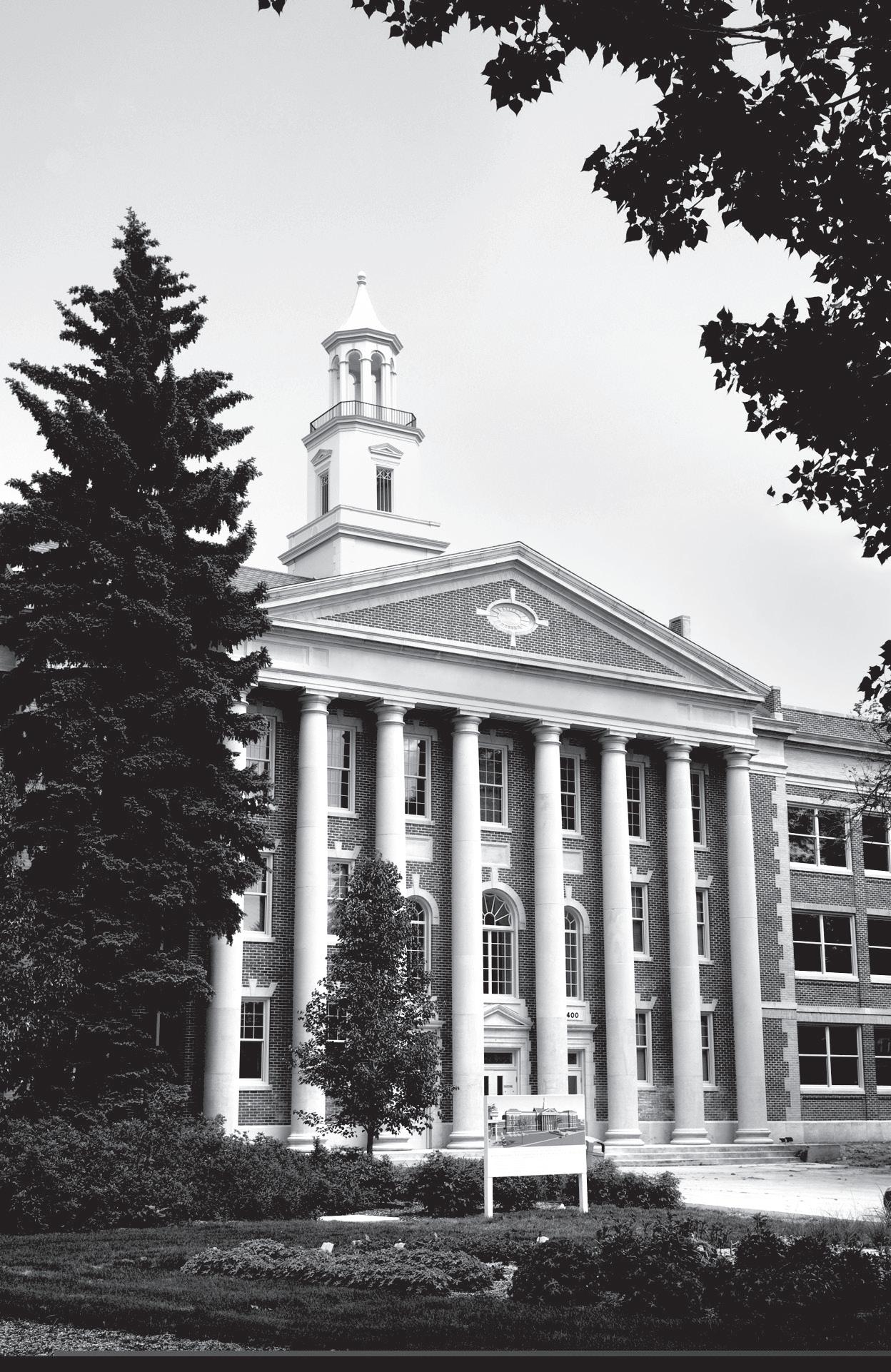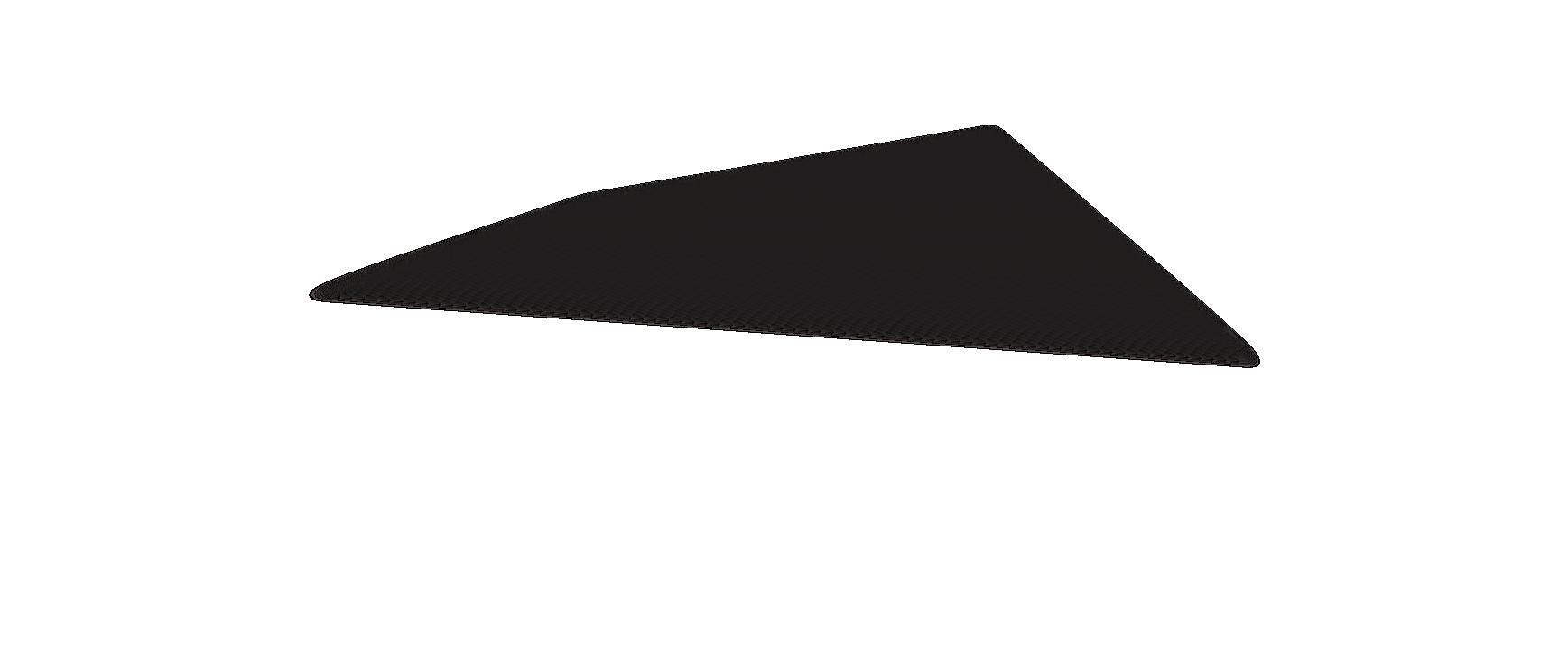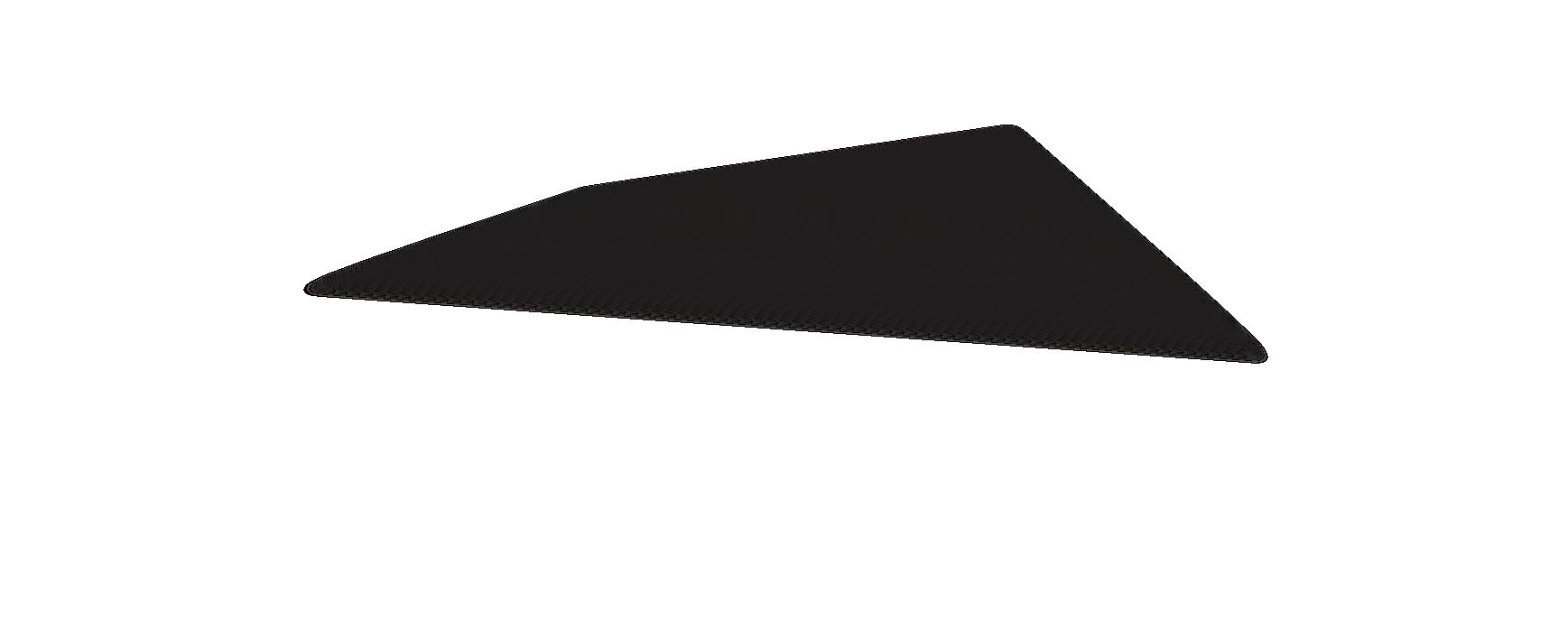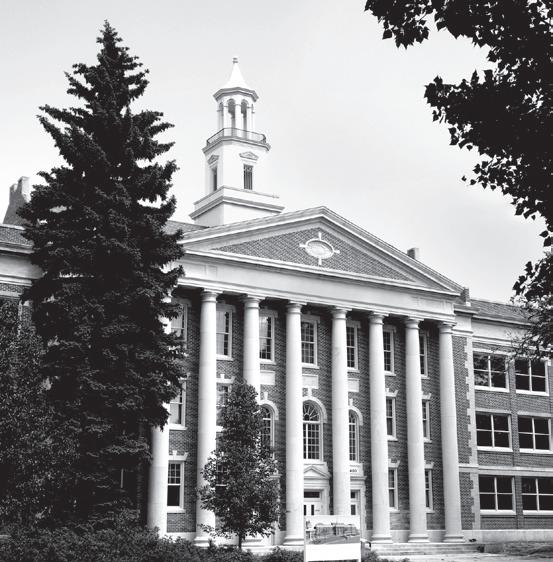

Marsias for Oboe and Crystal Glasses by Mario Lavista (1943 - 2021)
Mario Lavista was born in 1943 in Mexico City, Mexico. Composer of orchestral, chamber, vocal, and piano works, he is one of his generation’s most famous and important Latin American composers. He was interested in literature, live performance, electroacoustic music, and improvisation and was around composers like Ligeti and John Cage, fellow avant-garde composers. Because of these interests, most of his compositions have that approach. Lavista states: “Text stimulates my musical thinking. I do not intend to compose programmatic pieces or symphonic poems—rather, I aim to open the interpretative fields of a poem.” Marsias, composed in 1985, has unconventional instrumentation of oboe and water glasses. Though the work’s title, Marsias, refers to Greek mythology, the composer referenced a similar Spanish story by the poet Luis Cernuda (1902–63). Lavista explores the interaction between Marsias and Apollo. Marsias practiced the oboe and challenged Apollo, the god of music. The muses were to decide who was better, and although Marsias was a virtuoso, they could not select a human winning over a god. Therefore, Marsias was declared the loser and punished for his arrogance. In this piece, the oboe and the crystal glasses represent Marsias and Apollo. These symbolize the world of Apollo and offer a harmonic field based on perfect fifths, intervals of perfect consonance, generally associated with divinity.
Lavista also challenges the oboe with new techniques that change quickly and allows it to travel over the harmonic field played by the crystal glasses. The oboe travels through these diverse fields, strengthening or contradicting them through familiar or strange sounds.
Morceau de Salon for Oboe and Piano Op. 228 by Johann Wenzel Kalliwoda (1801 - 1866)
Born in 1801 in Prague, Bohemian composer Johann Wenzel Kalliwoda served for more than 40 years as an orchestral director in the southwestern German city of Donaueschingen. Robert Schumann praised Kalliwoda for the tenderness and sweep of his works. Composed in 1859, Morceau de Salon for Oboe and Piano presents temperamental melodies with slow ardent and moving parts. One of the few examples of romantic era music for solo oboe, Kalliwoda’s Morceau de Salon has earned a favored place in the modern oboist’s repertoire. His music frequently describes as having great melodic appeal and rhythmic energy, as well as a sense of humor and charm. The flashy and fun Morceau de Salon is no exception. After a stormy, agitated opening section, Kalliwoda introduces a pleasant and stylish two-part theme that catalyzes some contrasting variations. Eventually, this material leads back to a return of the opening section and drives toward the showy finish with an impressive display of range and technique. The melodies are elegant and satisfying, with a hint of flirtatious energy and just enough flash to keep them continually exciting.
Born in Rio de Janeiro in 1959, Brazilian composer João Guilherme Ripper is also a conductor and a faculty member at the Federal University of Rio de Janeiro School of Music. He has collaborated with orchestras and cultural organizations in South America and the US writing symphonic music as well as opera and chamber music. Duo Sonatina is a three-movement piece for oboe and cello centered in the music of Brazil and Argentina. The first movement in Allegro is set in traditional sonata form with two contrasting themes. It brings elements of Brazilian music in a waltz-like tempo. The second movement, “Calmo” (Calm), features a poignant melody in the fashion of a popular Brazilian tune called “cantiga,” or little song. The movement shows the melancholy of Brazilian cantigas that usually speak about love and its struggles. The last movement, “Rondo-Tango,” is full of virtuoso passages in the style of the Argentinean bandoneon player and composer Astor Piazzolla. In the movement, oboe and cello dialogue exchanging theme and accompaniment throughout.
Brenno Blauth was born in Porto Alegre, Brazil and started his career as a composer in the same city moving to Sao Paulo to continue his career until retirement.
The Sonata for Oboe and Piano highlights the rich Brazilian folklore. It is one of the most-played Brazilian pieces in the oboe repertoire. The work was composed in 1961 and premiered in Rio de Janeiro in 1962. Each movement is titled: Diálogo, Cantilena, and Pastoral. The first movement (dialog) is the most diverse and structured over two themes. The first theme is bouncy and burlesque, with dissonant accompanying chords and bitonality. The second theme is a sung march, carnivalesque-like. In the coda, a third theme appears with a choral character.
The second movement is a Seresta (serenade) waltz with a lazy character. The form of the movement is in ternary form or a series of variations of a theme. The meter is perceived as flexible, followed by a rhythmic and melodic presented by the piano, with the oboe presenting expressive phrases that intensify as it appears. The movement concludes with the introduction theme, now transposed.
The third and last movement starts with an oboe solo recitative with a constant presentation of the tritone. This movement develops in Rondo form and lively tempo. It is interesting to see how the composer structured the movement in a Lydian mode and based on the rhythm of a Baião, a Northeastern Brazilian genre and dance style in duple meter. The movement incorporates small portions of Brazilian folk music.
Duo Sonatina for Oboe and Cello by João Guilherme Ripper (b. 1959) Sonata para Oboé e Piano by Brenno Blauth (1931-1993)PABLO HERNANDEZ is an enthusiastic oboist, active performer and music educator. He is the recently appointed instructor of oboe at Colorado State University and serves on the music faculty of the Early College Academy of the Aims Community College in Greeley, as well as for the summer Elevare Orchestral Music Festival in Guadalajara, Mexico. He has taught privately and in masterclasses, including the Autonomous University of Tamaulipas in Tampico, Mexico.
As a performer, Hernandez regularly appears with chamber ensembles and orchestras throughout the Americas. A native of Brazil, he has performed with the Gulf Coast Symphony (Mississippi), Fort Collins Symphony, Opera Steamboat, Wyoming Symphony, Cheyenne Symphony, and the Porto Alegre Symphony Orchestra (Brazil). Consequently, he has shared the stage with world renowned artists such as NadjaSalerno Sonnenberg, Francois Rabbath, Itzhak Perlman, Renee Fleming, and Steve Vai.
Pablo Hernandez with his wife, cellist Romina Monsanto, perform together as New Duobus. They are dedicated to expanding the repertoire for cello and oboe and have commissioned works including Six Questions by Paul Elwood and Dialogue for Oboe and Cello by Attakorn Sookjaeng. His recordings include the album Portraits Bizarre by C.L Shaw, the film score for Severina, and the 2016 Gramado Festival awarded film, Vento. Hernandez won the Soloist Concerto Competition and Southard Music Competition with the Bear Lake Quintet at the University of Northern Colorado. In addition, the Bear Lake Quintet won the American Prize playing the quintet arrangement of Le Tombeau de Couperin.
Mr. Hernandez holds a Bachelor of Music in Performance from the University of Southern Mississippi, a Master of Music Degree in Performance and Literature from Baylor University, and he is currently finishing the Doctor of Arts in Music Performance at the University of Northern Colorado. His primary teachers include Dr. Anna Pennington, Dr. Doris DeLoach, Dr. Mark Ostoich, Dr. Euridice Alvarez, and Prof. Timothy Gocklin.








